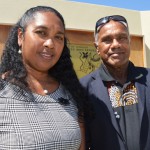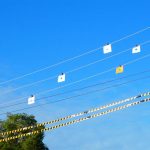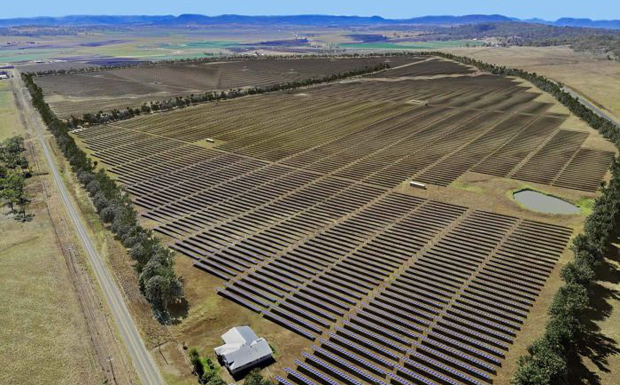
June 8, 2018
The approval this week by Southern Downs Council of a $125 million project by Terrain Solar near Warwick has some South Burnett residents concerned the company’s proposed Kingaroy solar farm could be next.
The Kingaroy proposal, on 130ha at 397 Kingaroy-Barkers Creek Road, has been strongly opposed by local residents who say they only had a three-week window of opportunity late last year to make submissions to South Burnett Regional Council.
Council is now awaiting further information from Terrain Solar before a recommendation is framed about the future of the multi-million dollar project.
Planning Manager Chris du Plessis told southburnett.com.au on Thursday he was hopeful this outstanding information would be provided in time for the project to be put to the July meeting of Council for consideration.
Meanwhile, new State Government guidelines to assist local councils during their planning assessment of solar farms are still being drafted, and it is unknown if these will be available prior to Council’s assessment of Terrain Solar’s proposal.
A public consultation process to receive feedback on draft guidelines was held between March 14 and May 11. Submissions and feedback received during this process – including information collected at a meeting in Dalby attended by Kingaroy residents opposed to the Terrain Solar project – are currently being considered.
The Kingaroy residents believe the current approval process for the solar farm is weighted in favour of the applicant.
They are upset it was advertised in the Toowoomba Chronicle, and claim signs placed along the boundary of the property were difficult and unsafe to view.
Landholders met with Terrain Solar representatives in Kingaroy in February to express their concerns, which include:
- The site is inappropriate because it is prime agricultural land,
- The project will have an impact on wildlife (including a koala colony) and remove a patch of carefully preserved vegetation,
- It will cause soil compaction, affect groundwater, and
- The solar panels will destroy the rural amenity and ambience of the area.
They also cite issues with privacy, the devaluation of surrounding properties and the lack of visual buffering from nearby homes.
Noise from the tracking motors on the panels (they move to follow the sun) and from inverter stations (allegedly as loud as a ride-on mower) also alarm the group.
They also say Terrain Solar has not come up with an adequate decommissioning plan for the solar farm when it reaches the end of its productive life.
* * *
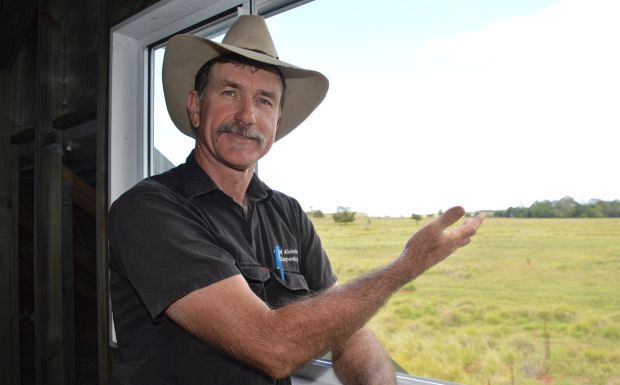
One owner who will be particularly affected if the solar farm goes ahead is Nigal Reinbott, who has been building his dream home on a block of land which would be surrounded on two sides by the solar farm if it goes ahead.
He told southburnett.com.au he had designed the home to overlook a beautiful, rural landscape.
The owner-builder began construction in 2015 and was only a few months away from moving in when he learned about the proposed solar farm.
Nigal said he endorsed solar as an alternative power source and endorsed Terrain Solar’s investment in the South Burnett, but he didn’t believe the solar farm should be built on top-class zoned rural agricultural land.
“It is some of the best of the rich, volcanic soils available, right beside the Department of Agriculture and Fisheries’ Redvale field site,” he said.
- southburnett.com.au has attempted to contact Terrain Solar for a comment
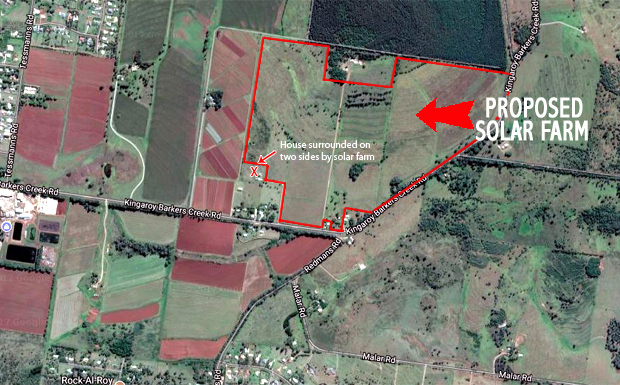
* * *
Construction of Terrain Solar’s Warwick Solar Farm is expected to begin towards the end of this year.
The 64MW solar farm at Freestone Valley, north-east of Warwick, was approved in a split 5-4 decision by Southern Downs councillors on Wednesday.
A number of conditions have been set, including the creation of a 200 metre vegetation buffer zone on the southern boundary of the 154ha site.
Local residents have told the ABC they are “devastated” by the approval of the project on prime agricultural land but have not indicated if they plan to appeal the Council decision.
The University of Queensland will take ownership of the solar farm once construction begins.
UQ Vice-Chancellor Peter Høj said the Warwick Solar Farm would allow the uni to fully offset its annual electricity needs to become “energy neutral” by 2020.
“(The solar farm) will provide research, teaching and engagement opportunities in addition to its environmental and financial benefits,” Prof Høj said.
“We are already the largest solar generator among Australian universities, and this initiative will complement the 50,000 existing solar panels on our campuses.”
The cost would be recouped within the life of the project through energy cost savings.
“The solar farm will offset UQ’s current $22 million annual expenditure on grid electricity once it is fully operational in 2019,” Prof Høj said.
* * *
The Warwick and Kingaroy projects are only two of a number that Terrain Solar has on its books.
Other projects include proposed solar farms at Corowa, Junee, Moama, Molong and Wagga Wagga in NSW; and Glenella, near Mackay, in Queensland.
Related articles:
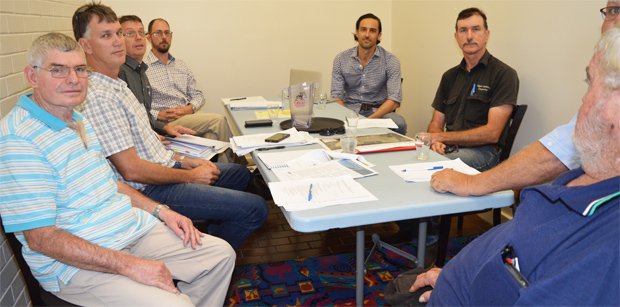
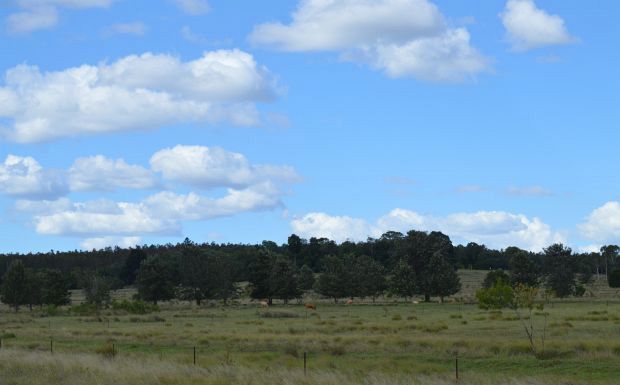
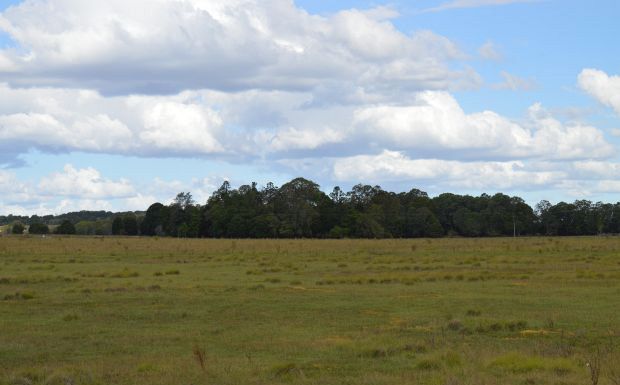
[UPDATED with correction: An earlier version of this report described a patch of vegetation on the land as “remnant”; Terrain Solar director Simon Ingram said the area was not technically classified as “remnant”.]







